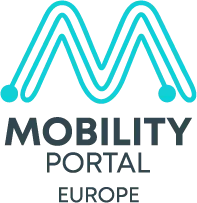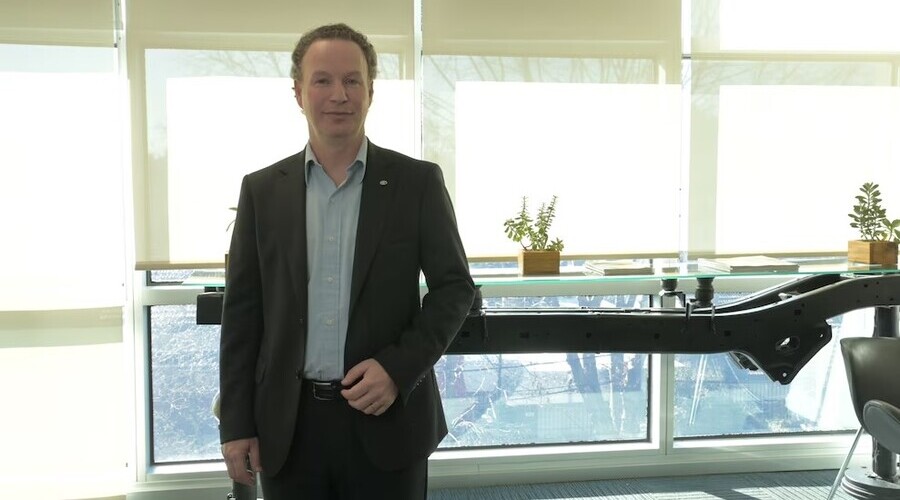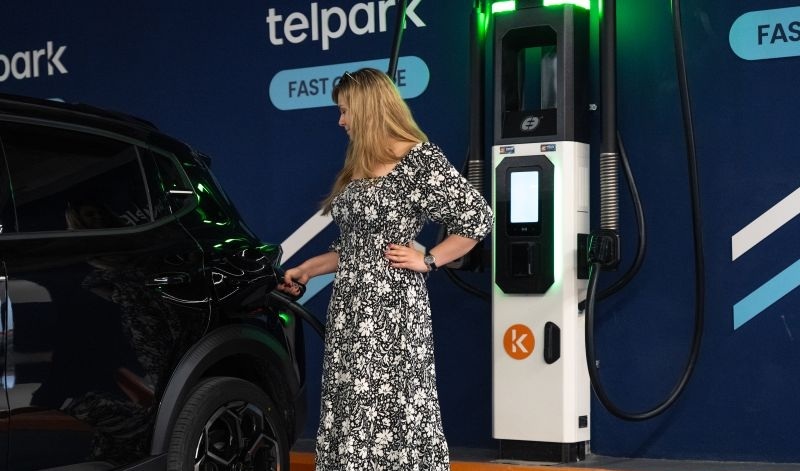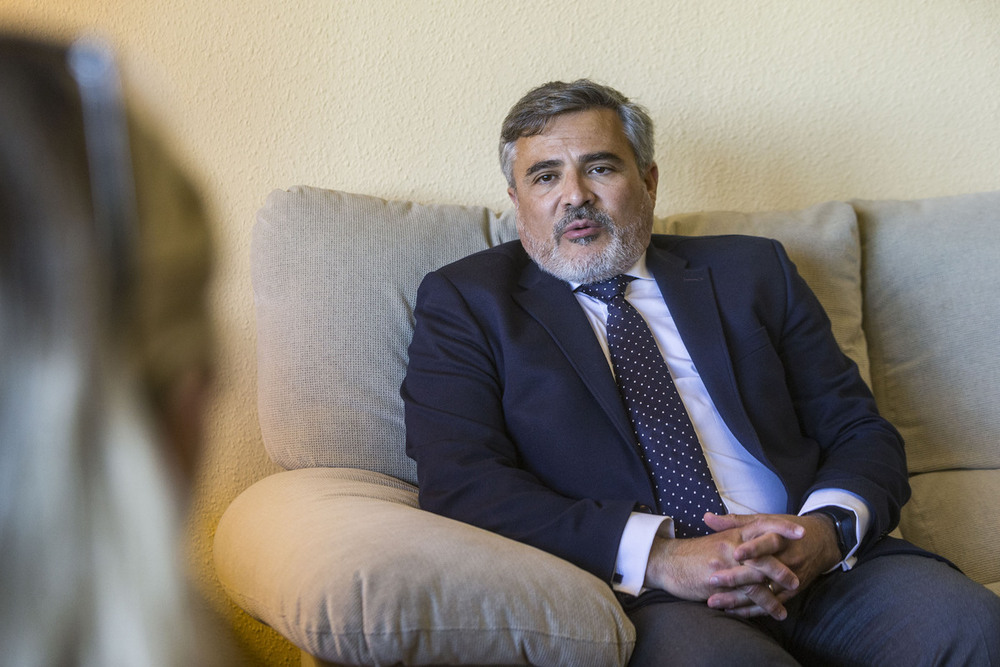Ezequiel Vallejos Meana, Director of Corporate Affairs at Toyota Argentina, confirms to Mobility Portal Latin America that the brand is moving towards a concrete expansion of its battery electric vehicle (BEV) offering in the country.
According to Vallejos Meana, the strategy includes not only the launch of new models, but also the provision of complementary services: “When we begin sales to the public, the possibility of including a home charger will be offered.”
This confirms that Toyota is working to finalise agreements with providers of charging solutions currently active in the Argentine market, in anticipation of expanding its line-up with new fully electric models in 2026.
Although the specific companies involved have not yet been officially named, the executive assures that they are “well-known players in the sector.”
A formal announcement will be made once sales of electric vehicles commence.
Infrastructure and interoperability: the barriers to overcome
The move towards electromobility is taking place in a context where Argentina’s charging infrastructure is still in its early stages.
Vallejos Meana acknowledges that obstacles to mass adoption remain: “Replacing a combustion vehicle with an electric one still comes with limitations. One must plan journeys, consider charging times, and assess whether the home’s electrical system can support vehicle charging.”
Nevertheless, the executive sees signs of progress. With a more open market, a greater range of available models, and new government incentives, Toyota identifies 2025 as a turning point for electrification in Argentina.
“That year will be a watershed moment,” he emphasises. “Model availability will increase, import restrictions will ease, and consumers will have access to a broader range of technologies.”
Technological diversification: Toyota’s DNA
Unlike other car manufacturers that focus on a single platform, Toyota’s global decarbonisation strategy revolves around technological diversity.
“Our strategy isn’t based on a specific technology; it’s pragmatic. The goal is to reduce carbon emissions as quickly as possible using the best options available,” the executive explains.
As such, the brand aims to offer in 2025 a wide array of technologies, including conventional hybrids, plug-in hybrids, and fully electric vehicles.
The Japanese automaker’s objective is for each customer to choose the powertrain that best suits their usage needs, available infrastructure, and budget.
Hybrid loyalty: a solid base for the electric leap
Toyota’s experience with hybrid vehicles in Argentina lays the groundwork for this next step. The brand launched its first hybrid model in 2009, at a time when uncertainty and scepticism were prevalent.
“There were a lot of doubts about how they worked, whether they needed to be plugged in, or what happened if the battery ran out,” Vallejos Meana recalls.
Today, more than half of the Corolla Cross units sold in the country are hybrids.
Customer trust, positive user experience, and low maintenance costs have led to strong loyalty:
“Those who buy a hybrid tend to replace it with another hybrid,” he assures.
The price difference compared to combustion-only counterparts is around 8%, which is offset by fuel savings.
In addition, hybrids boast high resale value and strong demand in the second-hand market.
Market recovery and diversification
On a macroeconomic level, Toyota also sees encouraging signs. According to Vallejos Meana, the first half of 2025 closed with a 45% increase in car sales, following years of contraction.
Although he anticipates a potential plateau in the second half of the year due to electoral uncertainty, the executive remains optimistic about the immediate future.
“Credit is starting to regain traction and GDP is on the rise. If these variables hold, the market will continue to grow,” he states.
The opening of imports is also fuelling competition, with the arrival of new brands and the restoration of supply.
New models on the way: the case of the Yaris Cross
Among Toyota’s latest product launches is the hybrid Yaris Cross, the brand’s first compact SUV, aimed at entering one of the fastest-growing segments in Latin America.
The model targets customers moving from smaller vehicles to more versatile options, without sacrificing efficiency.
This move aligns with regional trends that Toyota is closely monitoring.
“We’re seeing a shift from small cars to compact SUVs, and that was a niche we hadn’t entered,” the executive admits.
READ MORE
-
Ekoenergetyka: Investing in EV charging at car parks is more crucial now than ever before
Public car parks are no longer just simple transit points. With the addition of chargers, they are becoming strategic hubs for electric mobility. What is Ekoenergetyka’s strategy?
-
Ceees: “No se puede desmantelar una industria para un objetivo que es imposible de lograr en 2035”
Ceees afirma que ha defendido siempre la neutralidad tecnológica como principio fundamental en la transición energética aplicada a la movilidad en el seno de la Unión Europea y espera que este cambio de postura reflejado “no llegue demasiado tarde”.
-
E-Mobility ranking: who leads and who lags in Europe’s charging infrastructure
The total number of publicly accessible charging points has reached 1,148,062. However, the growth is not evenly distributed.









